I support collaborative European and national projects within the Nano Electronic Materials (NEM) cluster. In a complementary approach, I identify relevant calls, provide hands-on support for proposals preparation and management of the awarded projects and coordinate the communication, dissemination, and exploitation activities. My affinity for this function relates to my background in materials science research (Ph.D., 2004, University of Groningen).
Organisations
Other contributions
P.-J. Zermatten, G. Gaudin, G. Maris, M. Miron and A. Schuhl, “Experimental evidence of interface resonance states in single-crystal magnetic tunnel junctions", Physical Review B 78, 033301 (2008).
E.P. Houwman, G. Maris, G.M. de Luca, N. Niermann, G. Rijnders, D.H.A. Blank, and S. Speller, “Out-of-plane magnetic domain structure in a thin film of La0.67Sr0.33MnO3 on SrTiO3 (001) observed by magnetic force microscopy”, Physical Review B, 77 (18) 184412 (2008).
G. Maris, O. Shklyarevskii, L. Jdira, J.G.H. Hermsen, and S. Speller, “One-dimensional structural and electronic properties of magnetite (110)”, Surface Science 600 (23) 5084 (2006).
G. Maris, L. Jdira, J.G.H. Hermsen, S. Murphy, G. Manai, I.V. Shvets, and S. Speller, “Nano-magnetic probing on magnetite (110)”, IEEE Transactions on Magnetics 42 (10) 2927 (2006).
G. Maris, L. Jdira, J. G. H. Hermsen, S. Murphy, G. Manai, I. V. Shvets, and S. Speller, “Towards Spin Polarized Scanning Tunneling Microscopy on magnetite (110)”, Japanese Journal of Applied Physics, 45 (3B) 2225 (2006).
K. Knizek, Z. Jirak, J. Hejtmanek, M. Veverka, M. Marysko, G. Maris, and T.T.M. Palstra, “Structural anomalies associated with the electronic and spin transitions in LnCoO3”, European Physical Journal B 47 (2) 213 (2005).
G. Maris, V. Volotchaev, and T.T.M. Palstra, “Effect of ionic size on the orbital ordering transition in REMnO3+δ”, New Journal of Physics 6: 153 (2004).
G. Maris, Y.Ren, V. Volotchaev, C. Zobel, T. Lorenz, and T.T.M. Palstra, “Evidence for orbital ordering in LaCoO3”, Physical Review B, 67 (22) 224423 (2003).
P.H.M. van Loosdrecht, C. Presura, M. Popinciuc, D. van der Marel, G. Maris, T.T.M. Palstra, P.J.M. van Bentum, H. Yamada, T. Yamauchi, and Y. Ueda, “Charge and Sodium ordering in β-Na0.33V2O5” , Journal of Superconductivity: Incorporating Novel Magnetism, 15, 587 (2002).
S.G. Bompadre, A.F. Hebard, V.N. Kotov, D. Hall, G. Maris, J. Baas, and T.T.M. Palstra, “Spin-Peierls transition in NaV2O5 in high magnetic fields”, Physical Review B, 61 (20) R13321 (2000).
Current projects
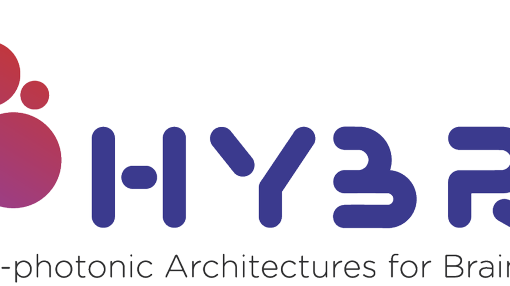
Hybrid electronic-photonic architectures for brain-inspired computing (HYBRAIN)
coordinated by Prof. Dr. Ir. W.G. van der Wiel
The European Commission-funded Pathfinder project HYBRAIN aims to deliver a new computing system that is inspired by the human brain. The project will develop a “HYBRAIN system” that is both super-fast, consumes very little energy and which can make real impact on ‘ultra-fast response’ technologies. Partners: University of Twente, IBM Zürich, Trust-IT Services, University of Heidelberg, University of Oxford.
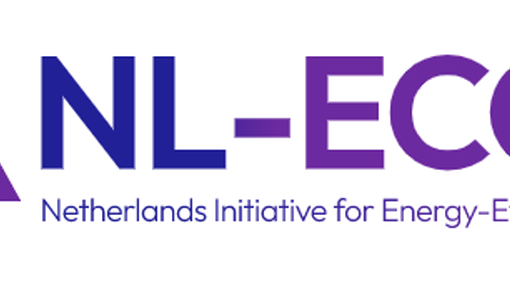
Netherlands Initiative for Energy-Efficient Computing (NL-ECO)
Coordinated by Prof. Dr. Ir. Hans Hilgenkamp
The NL-ECO program, part of the Dutch National Science Agenda (NWA), aims to develop new concepts and associated materials for energy-efficient information technologies. 33 academic, industrial, and societal organizations join forces on one of the major social challenges; how can the rapidly increasing consumption of energy in information and communication technologies be curbed?
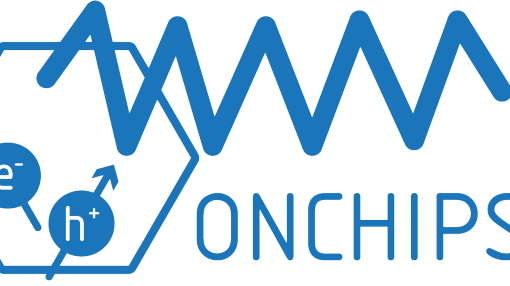
On-chip integration of quantum electronics and photonics (ONCHIPS)
coordinated by Prof. Dr. Ir. F.A. Zwanenburg
The Horizon Europe project ONCHIPS aims to provide a unique silicon-based integrated architecture by developing key building blocks for quantum technologies. World leading experts joined the consortium to address the major key challenges in realizing this technology interfacing individual spin qubits and photons by using a new CMOS compatible and optically active material system - direct bandgap GeSi. Partners: University of Twente, TU Eindhoven, TU Münich, CNRS, Single Quantum, University of Konstanz and Budapest University of Technology and Economics.
Finished projects
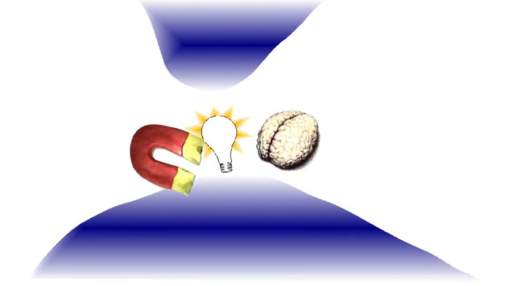
Advanced Scanning PRobes for Innovative Nanoscience and Technology (ASPRINT)
Coordinator: Prof. Dr. Sylvia Speller
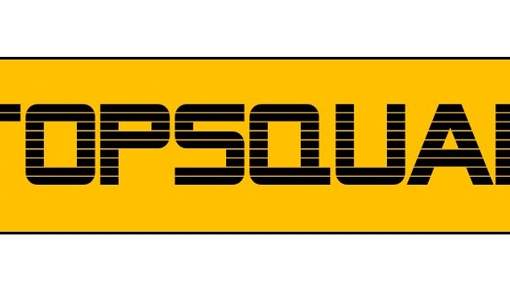
Topologically Protected and Scalable Quantum Bits (TOPSQUAD)
Coordinator: Prof. Dr. Ir. F.A. Zwanenburg
The TOPSQUAD project funded by the FET-Open program of the European Commission aims to bring a crucial contribution towards realizing the building blocks for the future quantum computer, the so-called qubits. Scientific results from TOPSQUAD could help develop an unprecedented stable many-qubit system by synthesizing for the first time germanium nanowire networks on silicon wafers. Partners: University of Twente, University of Basel, IST Austria, TU Eindhoven, BASPI and nanoPHAB.
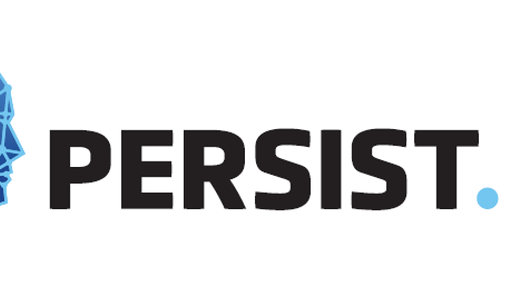
Purchasing Education Research Syndicate: Industry 4.0 Skills Transfer (PERSIST)
Coordinator: Prof. Dr. Holger Schiele
Address
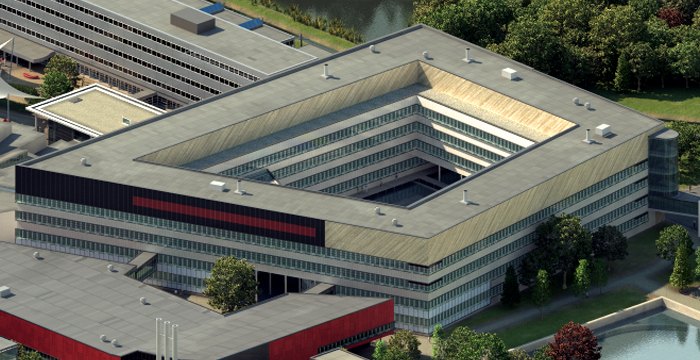
University of Twente
Carré (building no. 15), room C1427
Hallenweg 23
7522 NH Enschede
Netherlands
University of Twente
Carré C1427
P.O. Box 217
7500 AE Enschede
Netherlands
Organisations
Additional contact information
<p><span></span>Carré, room C1427 <span></span></p>
<p><span> </span></p>